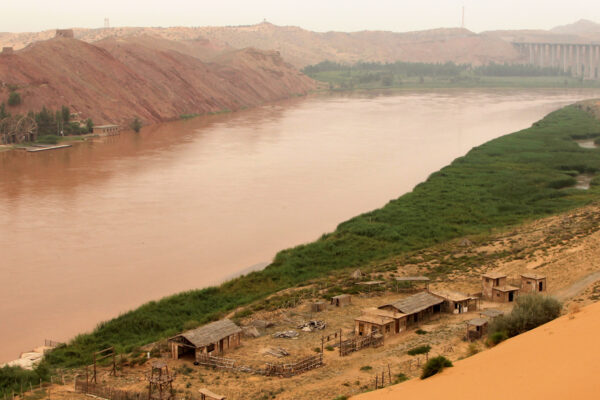Time to retire the ‘pristine myth’ of climate change
Anthropologist T.R. Kidder in Arts & Sciences contributed to one of the first “big data” studies in archaeology to tackle broader questions of how humans have reshaped landscapes, ecosystems and potentially climate over millennia. The analysis published Aug. 30 in the journal Science challenges conventional ideas that man’s impact has been “mostly recent.”
What everyone should know about Earth sciences summarized in free NSF-funded e-booklet
If you’re clueless about petrology, paleobiology and plate tectonics, the National Science Foundation and the Earth Science Literacy Initiative (ESLI) have just released a free pamphlet offering a concise primer on what all Americans should know about the Earth sciences. “The Earth Science Literacy framework document of ‘Big Ideas’ and supporting concepts was a community effort representing the current state-of-the-art research in Earth sciences,” said Michael E. Wysession, Ph.D., chair of ESLI and associate professor of earth and planetary sciences in Arts & Sciences at Washington University in St. Louis.
Washington University faculty, students key to Phoenix Mars Mission
Image courtesy of NASAThe Phoenix Mars Lander on the northern Mars plains, searching for evidence of ice and water.Among the many Phoenix Mars Mission workers are Raymond E. Arvidson, Ph.D., the WUSTL chair of earth and planetary sciences, a computer specialist and four WUSTL students. Their goal is to infer from images and other data the geological history of the landing site and to imply some theories about current and past climate on Mars. Will they find ice?
Phoenix mission to Mars will search for climate clues
Raymond E. Arvidson, Ph.D., the James S. McDonnell Distinguished University Professor and chair of the earth and planetary sciences department in Arts & Sciences at Washington University in St. Louis, and a number of his student and personnel have major roles in the Phoenix mission to Mars. The space craft lands in the northern plains on May 25, 2008, and Arvidson is a key operations manager during the critical first week of operations. (Video available)
Professor’s video series explains all of Earth’s facets
Image courtesy of NASA”How the Earth Works” is a boxed set of 48 30-minute video lectures developed and delivered by WUSTL’s Michael E. Wysession. The lectures explore every aspect of the Earth and are designed to appeal to the curious lay public.Videos have been the bailiwick of rock stars at least since the days of Bob Dylan. But now they’re spilling over into a new arena — academia. Michael E. Wysession, Ph.D., associate professor of earth and planetary sciences in Arts & Sciences at Washington University in St. Louis, has 48 lectures on planet Earth coming out in a video format in February. It’s a sort of brainiac’s boxed set. Each 30-minute lecture focuses on an aspect of the Earth, from its origins and composition to its climate, orbit, pollution and relationship to human history.
Scientists find fossil proof of Egypt’s ancient climate
David Kilper / WUSTL PhotoWUSTL researchers are trying to infer the Egyptian climate from the fossil evidence.Earth and planetary scientists at Washington University in St. Louis are studying snail fossils to understand the climate of northern Africa 130,000 years ago. While that might sound a bit like relying on wooly bear caterpillars to predict the severity of winter, the snails actually reveal clues about the climate and environment of western Egypt, lo those many years ago. They also could shed light on the possible role weather and climate played in the dispersal of humans “out of Africa” and into Europe and Asia.

